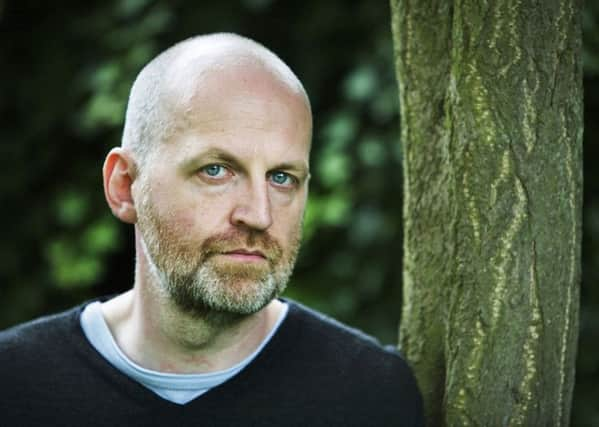Book review: The Poem - Lyric, Sign, Metre, By Don Paterson


The book’s divisions are permeable. “Lyric” looks at the modern tendency for the poem to be compact, ambiguous, and a form which “seeks to transcend the limitations of human memory”. Poems are, as Paterson says, machines for remembering themselves. The second essay, “Sign,” is more about reception theory – how we read, misread and re-read poems. The final piece, “Metre”, is the most technical and the most problematic to my mind, a dense discussion of how the human voice, rhythm and forms interact and intersect.
In some ways, when reading this, the mental associations it conjured were always from the 17th century. It seems a strange cousin to Sir Thomas Urquhart’s Ekskybalauron or Sir Thomas Browne’s Hydriotaphia, Urn Burial or Richard Burton’s The Anatomy Of Melancholy. All are books of formidable learning, of neologisms and askance asides. This is not in any way a criticism. I love books that are replete, even when I might disagree with some of the conclusions. Any book which will flagrantly use “mnemotechnology”, “anacrusis”, “epizeuxis” and “teleutons” while inventing such words as “formeme”, “aeteme”, “patheme” and “aseme” is never going to be easy going. That said, it is worth it, even though Paterson himself disavows such taxonomies even in the act of enacting them. EB White came to mind more than once: “Explaining a joke is like dissecting a frog. You understand it better but the frog dies”. (Actually, it would already have been in the choir celestial, when you think about it. That’s the thing about language and metaphor: never press too hard).
Advertisement
Hide AdThe difference between consonants and vowels is perhaps the book’s strongest point. Consonants convey meaning, vowels convey time, as where certain languages omit vowels altogether and leave a space where meaning is construed around it – which is what we all do all the time reading poetry. We all begin listening to someone else’s heartbeat, and this is reflected in the reflexive structures of poetry. Paterson makes a convincing case for a sort of inherent onomatopoeia of language: that apple sounds apple-y. When he goes through the words that use the “gl” cluster – glimmer, glitter, glamorous, glory, glitz, gleam, glass and finds a brightness there – it is initially convincing until one remembers glob, gloat, gloom, gloss, glove, glum and glug. It may well be that the vowels in the second list are more elongated, but I find any argument based on how one particular language invokes one specific response tenuous at best. That said, his application of this to how poetry operates on us is spot on. We don’t need to see the patterns, and the writer doesn’t need consciously to intend the patterns, for the patterns to work.
Some readers will appreciate this book more for its footnotes than for its content. Although Paterson can come across as a self-deprecating pedant in the main text, the footnotes are a riot of personal memory, silly anecdote, helpful allusion and a kind of resigned grumpiness. Those who know the poetry world will be scouring the book for scores settled and a brave entente cordiale between the formalists – as they might be called – and the avant-garde – as they might be called. I find neither categorisation particularly useful or helpful. Paterson is generous here, even if he can’t resist a quip or two. When he writes that while reading JH Prynne “one feels one has laid the dining table with dental equipment”, you can have a little chuckle, even if the use of “one” seems rather off-key.
Poetry, especially in the lyric mode, relies on certain disjunctions, a kind of meaningful jumble that makes the reader complicit in the poem. I know this from life: my youngest brother, aged about two, once saw an orange and mud-splattered farm vehicle and shouted “Look – nice and horrible tractor!” He then fell around laughing because the words “nice” and “horrible” should not be in the same sentence. A lot of modern poetry is basically no more than the nice and horrible tractor.
Paterson circles around a sequence of poets: Shakespeare, Frost, Elizabeth Browning, Dickinson, Donaghy, Heaney. The results are unsurprisingly rewarding. But I would have cared to see him take on Spenser, Dryden, Robert Browning and Bunting. Hopefully that is sufficient for a second volume to be commissioned, and to hear his ornery, profound, engaging, infuriating voice again in the debate about why we still love poetry and read so little of it.
The Poem: Lyric, Sign, Metre, By Don Paterson, Faber & Faber, £25